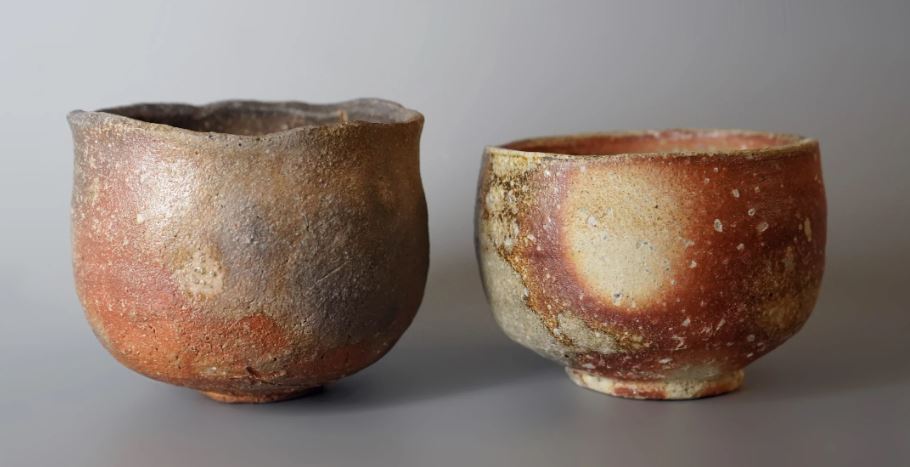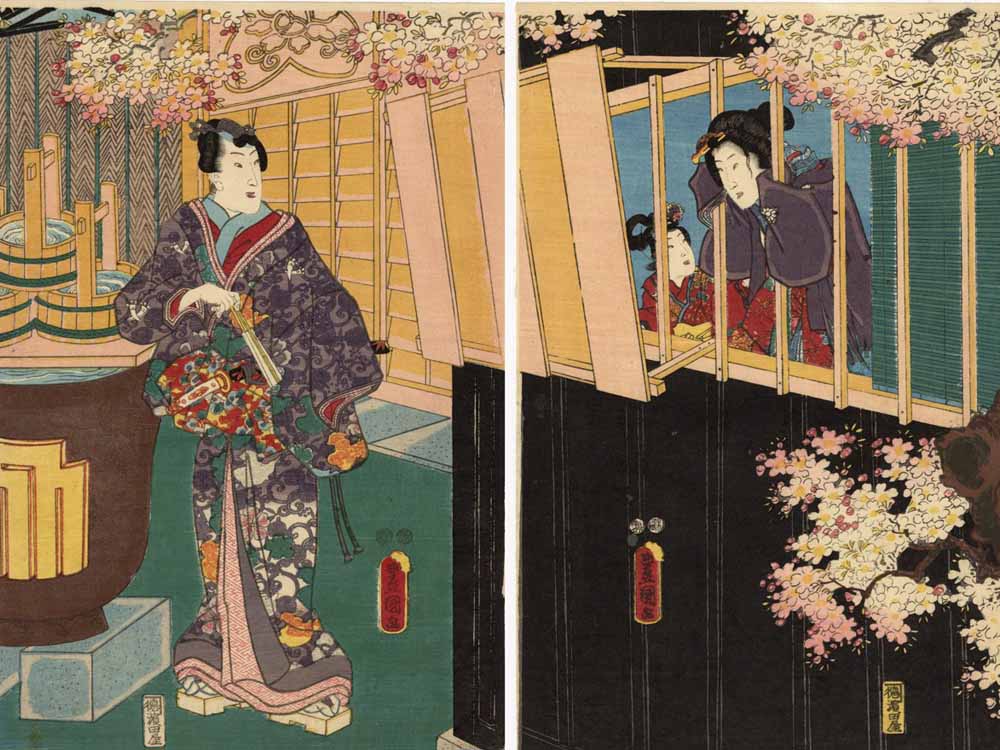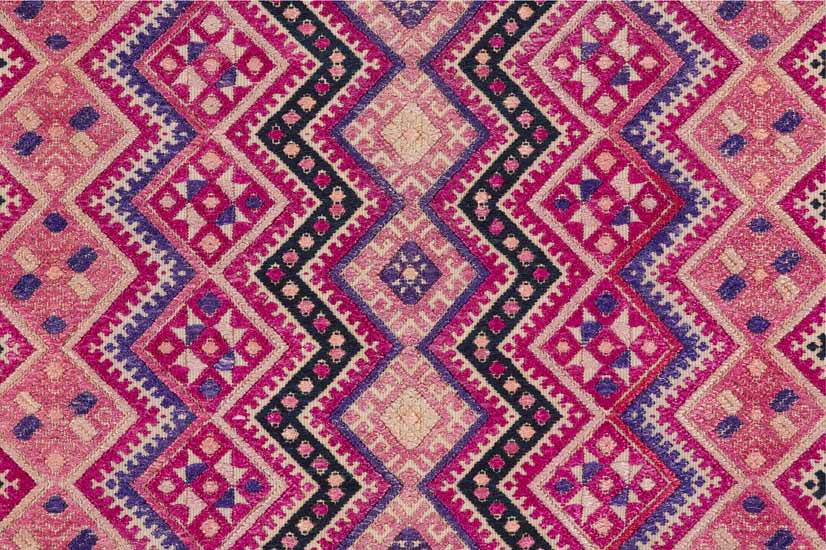Dark blue-ground festival kimono decorated with sea creatures, first half 20th century, cloth: cotton; tsutsugaki, (freehand resist), The John R. Van Derlip Fund and the Mary Griggs Burke Endowment Fund established by the Mary Livingston Griggs and Mary Griggs Burke Foundation
Thomas Murray is an independent researcher, collector, lecturer, author, and private dealer of Asian and Tribal art with an emphasis on Indonesian sculpture and textiles, as well as animistic art from other varied cultures. Murray lent his expertise to the State Department during the Obama Administration as a member of the president’s Cultural Property Advisory Committee. However, recently it is Murray’s collection of Japanese textiles that have received particular attention.
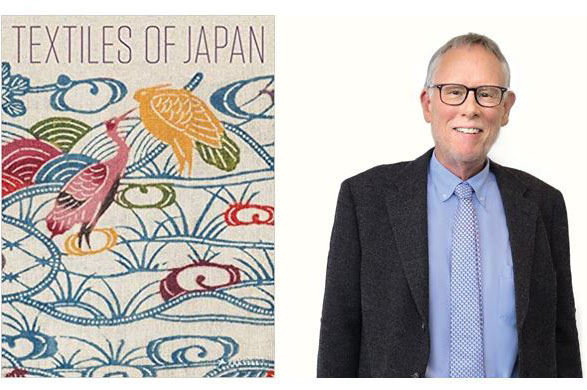
L-R:Cover of Murray’s 2109 publication Textiles of Japan and Thomas Murray
In early 2019 Murray published Textiles of Japan, a hefty volume that surveys the daily dress, work-wear, and festival garb and follows the Arts and Crafts philosophy of the Mingei Movement, which saw that modernization would leave behind traditional art forms such as the hand-made textiles used by country people, farmers, and fisherman. It presents subtly patterned cotton fabrics, often indigo dyed from the main islands of Honshu and Kyushu, along with garments of the more remote islands: the graphic bark cloth, nettle fiber, and fish skin robes of the aboriginal Ainu in Hokkaido and Sakhalin to the north, and the brilliantly colored cotton kimonos of Okinawa to the far south. Virginia Soenksen, associate director of the Madison Art Collection and James Madison University, and Anna Jackson, keeper of the Asian Department at the V&A, joined as co-authors. Presently, Amazon charts a 4.8 out of 5-star rating for this book. Mindful of how little is known of the textile artists of the past and how the usefulness of their creations meant that many did not survive, Thomas wrote in his book, “First and foremost, this book is dedicated to the anonymous ancestors whose woven artwork we celebrate and to the astonishing artistry of their craft, that their vision may never be forgotten… And to those who preserved these textiles through the generations we owe a great debt, for it is due to their efforts that we enjoy these textiles today, not just as a Japanese cultural expression but as universal cultural heritage.”
In March 2019 the Minneapolis Institute of Art announced that they acquired 230 Japanese textiles and objects from Murray’s collection, including the exuberant and one-of-a-kind kimono above, which was hand-drawn and painted with a rice paste resist dye technique and worn to celebrate a bounteous haul of fish. This acquisition, which was part-purchase/part-gift, will be exhibited as Dressed by Nature: Textiles of Japan from June 25-September 11, 2022 and Murray will give a lecture about his experiences as a collector as part of the opening festivities (the specifics will be provided on this website).
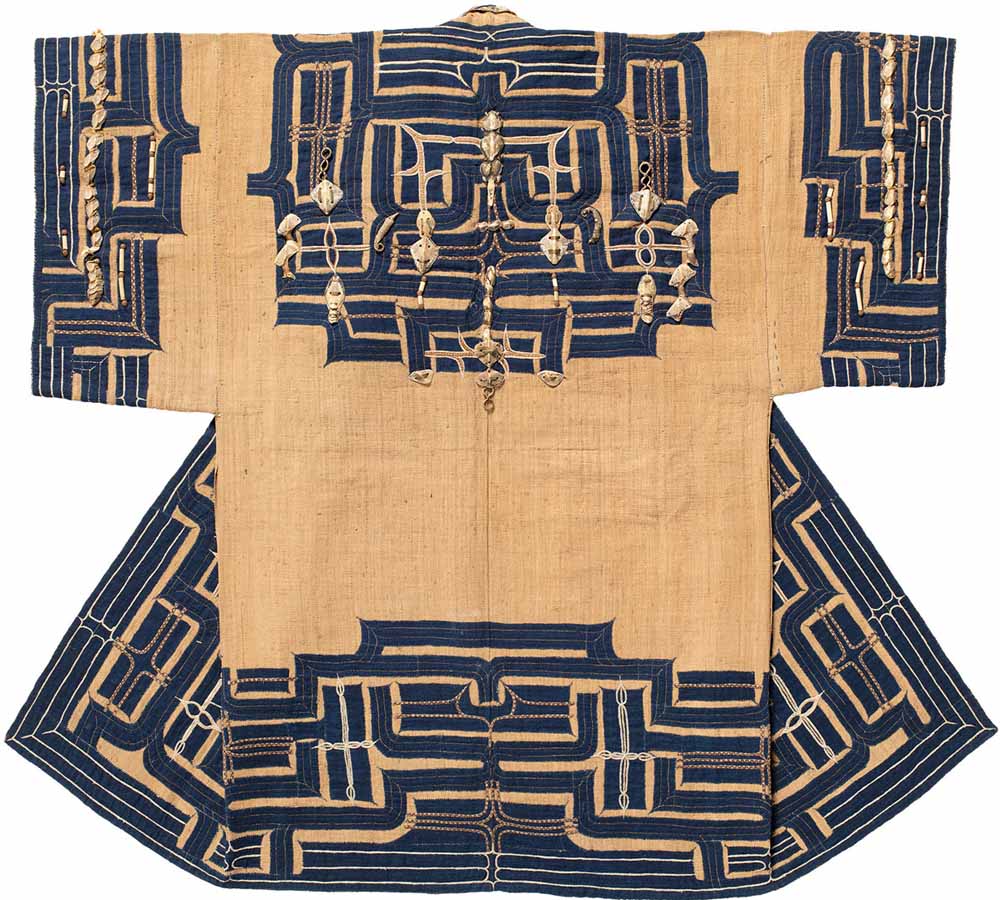
Ainu People, Hokkaido, Japan, or Sakhalin, Siberia, Attush Robe, 18th century
In addition to launching a redesigned and engaging new website to feature his gallery’s two online exhibitions, Important Indian, Indonesian and Other Textiles and Masks: Inspiration and Interpretation, Murray also brought a select sample of textiles to New York for this season’s Asia Week. Among his several sales, the striking Attush Robe, shown above, was purchased by the Minneapolis Institute of Art to add to their collection.
Read more, click here
On the subject of Indonesian textiles, about which he published another large catalogue, Thomas Murray will speak in an online lecture this weekend. More details coming soon or read more now, click here
